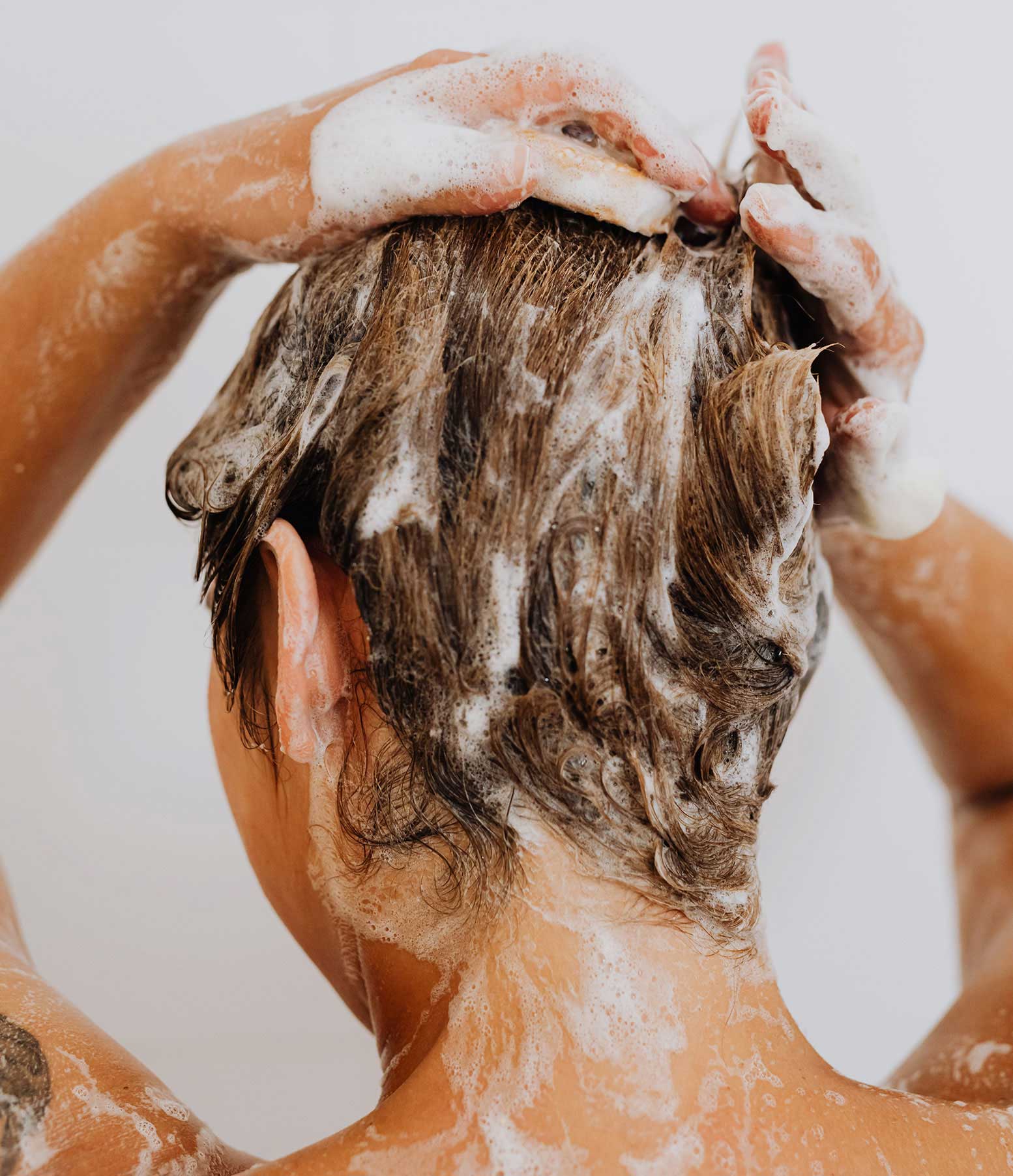H Healthy Hair Care
Comprehensive Guide to Hair Care Routines and Tips
By
Beauty Doctor MD September 28, 2023

Your hair is not just a physical feature; it’s a reflection of your health and identity. Whether your hair is long, short, curly, straight, or somewhere in between, maintaining its health and appearance is important. In this comprehensive guide, we will explore various aspects of hair care, including daily routines, common hair issues, and expert tips to help you achieve and maintain the lustrous, healthy hair you desire.
Understanding Your Hair
Before diving into specific hair care routines and tips, it’s essential to understand the structure of your hair. Hair consists of three main layers:
- Cuticle: The outermost layer, consisting of overlapping scales that protect the inner layers. A healthy cuticle lies flat, giving hair its shine and smoothness.
- Cortex: The middle layer, which contains the protein keratin and determines hair’s strength, elasticity, and color.
- Medulla: The innermost layer, often absent in fine or light-colored hair, and not fully understood.
Hair health and appearance are influenced by genetics, lifestyle, and how well you care for it. Now, let’s explore a comprehensive hair care routine:
Daily Hair Care Routine

- Shampooing and Conditioning:
- Frequency: Wash your hair as needed. For most people, this is every 2-3 days. Overwashing can strip the hair of natural oils, leading to dryness.
- Shampoo Selection: Choose a shampoo that suits your hair type (e.g., oily, dry, curly) and any specific concerns (e.g., dandruff, color-treated hair).
- Conditioner: Use a conditioner after shampooing to replenish moisture and detangle hair. Focus on the mid-lengths and ends to avoid a greasy scalp.
- Water Temperature:
- Lukewarm Water: Use lukewarm water for washing and rinsing. Hot water can strip natural oils and lead to dryness.
- Gentle Washing:
- Scalp Massage: Gently massage your scalp with your fingertips to promote circulation and remove buildup.
- Avoid Vigorous Scrubbing: Scrubbing too hard can damage the cuticle and lead to breakage.
- Drying Your Hair:
- Pat Dry: Gently pat your hair with a microfiber towel to remove excess water. Avoid rough towel drying, which can cause frizz and damage.
- Air Dry or Blow Dry: Allow your hair to air dry whenever possible. If using a blow dryer, use a low or medium heat setting and maintain a safe distance from your hair to prevent heat damage.
- Comb or Brush:
- Detangling: Use a wide-toothed comb or a brush designed for wet hair to detangle your hair gently, starting from the ends and working your way up.
- Avoid Excessive Brushing: Over-brushing can lead to breakage, especially when the hair is wet.
- Hair Protection:
- Heat Protection: If using heat styling tools (curling irons, straighteners), apply a heat protectant product to shield your hair from damage.
- Sun Protection: Protect your hair from UV damage by wearing a hat or using hair products with UV filters.
- Night Care:
- Silk Pillowcase: Consider sleeping on a silk or satin pillowcase to reduce friction and prevent hair breakage.
- Loose Hairstyles: If your hair is long, tying it loosely with a scrunchie or using a loose braid can prevent tangling during sleep.
Advanced Hair Care Tips

- Choosing the Right Products:
- Read Labels: Pay attention to product labels and choose products with ingredients suitable for your hair type and concerns.
- Avoid Harmful Ingredients: Avoid products containing sulfates, parabens, and alcohol, which can be drying and damaging.
- Trimming:
- Regular Trims: Schedule regular haircuts every 6-8 weeks to prevent split ends and promote healthy growth.
- Nutrition:
- Balanced Diet: Eat a balanced diet rich in vitamins, minerals, and protein, as these are essential for healthy hair.
- Hydration: Stay hydrated, as dehydration can lead to dry hair.
- Hair Masks and Treatments:
- Deep Conditioning: Use deep conditioning masks or treatments once a week to nourish and strengthen your hair.
- Scalp Health:
- Massage: Consider scalp massages with essential oils to enhance blood circulation.
Common Hair Concerns and Solutions
- Dandruff:
- Anti-Dandruff Shampoos: Use anti-dandruff shampoos with active ingredients like zinc pyrithione or ketoconazole.
- Tea Tree Oil: Tea tree oil has antifungal properties and can help manage dandruff.
- Hair Loss:
- Consult a Professional: If you’re experiencing significant hair loss, consult a dermatologist or trichologist for a proper diagnosis and treatment plan.
- Scalp Massage: Gentle scalp massages can improve blood flow to the hair follicles.
- Frizz:
- Hydration: Keep your hair well-moisturized to reduce frizz.
- Anti-Frizz Products: Use anti-frizz hair products, such as serums or creams.
- Split Ends:
- Regular Trims: Trim your hair every 6-8 weeks to prevent split ends from traveling up the hair shaft.
Conclusion
Maintaining healthy and beautiful hair involves a combination of a consistent daily routine, choosing the right products, and addressing specific concerns as they arise. Remember that individual hair types and needs can vary, so it may take some experimentation to find the perfect routine for you. Be patient, and over time, you’ll discover the habits and products that help you achieve the vibrant, healthy hair you desire.


